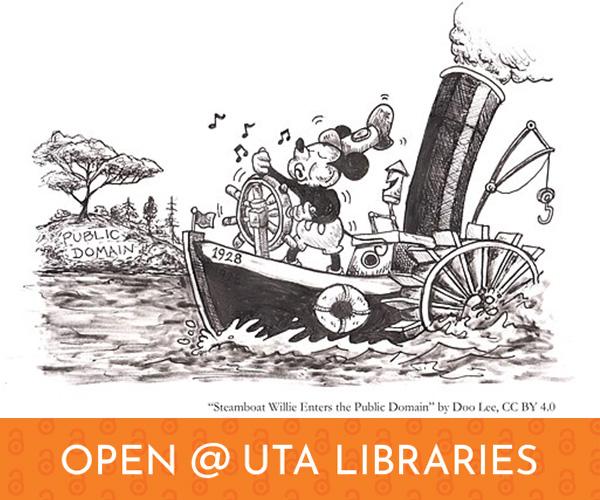
Public Domain Day 2024: Here Comes Steamboat Willie!
Every year on January 1, the world celebrates not only the start of a new year but also International Public Domain Day. On this day, works that were previously protected by copyright move into the public domain. This applies to trademarks and patents as well, but for the purposes of this blog post, we’ll focus on how the public domain applies to copyright, specifically in the United States.
What is copyright?
Copyright is a set of rights that protects intellectual property. Any work, whether a book, photograph, song, image, or something else, immediately has copyright protection once it exists in a “fixed” form. In the past, copyright had to be applied for, but now, it is automatic, whether the work has been published or not. Copyright protection ensures that the copyright holder has control over how their work is used and any commercial revenue that may come out of it. Copyright holders offer permissions to readers/users to access and use their work; sometimes copyright holders transfer their rights to other people or companies, like publishers.
What is the public domain?
Public domain is a term that refers to works that are not protected by copyright, meaning they are available to be viewed, shared, adapted, and distributed without permission. Anyone can utilize public domain material, even for commercial purposes.
How do works enter the public domain?
The most common way for works to enter the public domain is through their copyright expiring. This happens when the posthumous copyright period of a creator lapses and no one else (like an heir) renews copyright protections. There are a few additional ways that works can enter the public domain:
-
Copyright was not renewed, even if the original copyright holder is still living
-
The copyright holder “dedicates” the work to the public domain intentionally to allow free and open access
-
The type of work is not covered by copyright law
When do works enter the public domain?
In the United States, the current laws abide by the “life plus seventy” principle—meaning that copyright is in place for works for the duration of the author’s life plus seventy years. This means that works currently in the public domain in 2024 were written by authors who passed away in 1953 or earlier. Due to earlier iterations of the law, works that were published in 1928 or earlier are also in the public domain.
Different countries have different policies when it comes to copyright. That means that the same work can be protected in copyright in one country but in the public domain in another. This can be a tricky topic if working with international materials. Contact a UTA Librarian if you have questions about this.
Here are some notable works that entered the public domain in the United States on January 1, 2024:
-
Lady Chatterly’s Lover by D.H. Lawrence
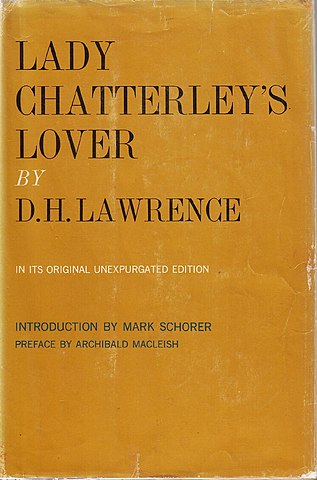
Lady Chatterley's Lover book cover -
The Threepenny Opera by Bertolt Brecht
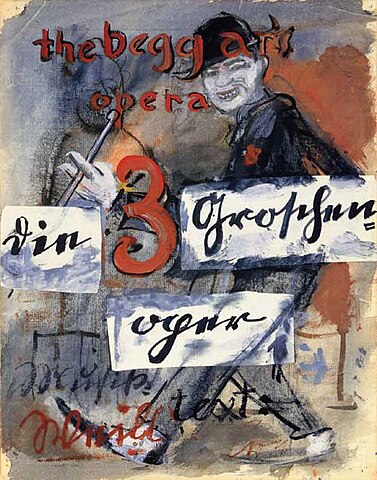
The Threepenny Opera billboard poster in the original German -
Steamboat Willie by Walt Disney and Ub Iwerks (the earliest incarnation of Mickey and Minnie Mouse!)
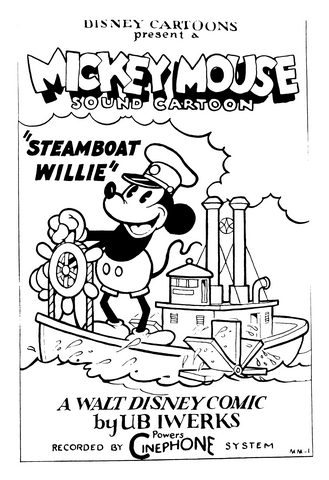
Steamboat Willie movie poster -
The House at Pooh Corner by A.A. Milne (introduces the character of Tigger)
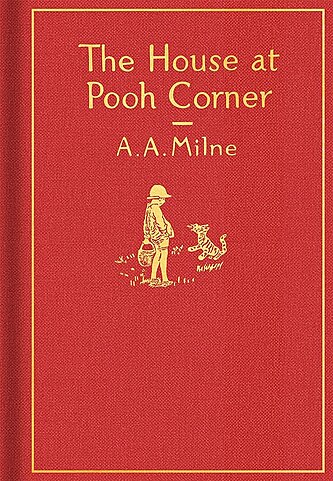
The House at Pooh Corner book cover
What does this mean for student authors and creators?
In 2022, the original Winnie the Pooh book by A.A. Milne entered the public domain. Creators were quick to capitalize on this, with a British slasher-themed horror film called Winnie-the-Pooh: Blood and Honey developed and released in early 2023, with an upcoming sequel Winnie-the-Pooh: Blood and Honey 2 (which will include Tigger) to be released in February 2024. It is worth noting, however, that Disney’s versions of Winnie the Pooh and the other residents of the Hundred Acre Wood are still under copyright, so the public domain only applies to the original 1926 version of Pooh. This is an example, however, of the creative freedom and wealth of material that the public domain can provide us with. From sound recordings to books to art, the public record expands every January 1.
Are you interested in learning more about copyright or the public domain and how they can apply to your educational and scholarly journey? Open Partnerships and Services at UTA Libraries is here to partner with students and faculty. Whether you have questions about copyright, permissions, open access, or something else, contact librariesops@uta.edu, and we will be happy to help!
References
Cornell University Library. 2024. “Copyright Services: Copyright Term and the Public Domain.” https://guides.library.cornell.edu/copyright/publicdomain
E.P. Dutton & Co., Inc. 1928. https://www.amazon.com/House-Pooh-Corner-Winnie-Pooh/dp/0525555544, Public Domain, https://commons.wikimedia.org/w/index.php?curid=143348292
Grove Press Inc. (New York City). 1959. https://www.ebay.com/itm/LADY-CHATTERLEYS-LOVER-D-H-LAWRENCE-1959-1ST-UNEXPURGATED-GROVE-ED-HB-J-NR-FN/273776681426, Public Domain, https://commons.wikimedia.org/w/index.php?curid=95754443
Stanford Libraries. 2024. “Welcome to the Public Domain.” https://fairuse.stanford.edu/overview/public-domain/welcome/#:~:text=The%20term%20%E2%80%9Cpublic%20domain%E2%80%9D%20refers,an%20individual%20author%20or%20artist.
Walt Disney and Ub Iwerks. 1928. Original Poster: https://kith.com/blogs/kith/kith-x-disney-journal, Public Domain, https://commons.wikimedia.org/w/index.php?curid=143288558
Wikimedia Commons. 1928. Die Dreigroschenoper (w:The Threepenny Opera). https://commons.wikimedia.org/wiki/File:Dreigroschenoper.jpg
The cover image for this blog post is "Public Domain Day 2024: Here Comes Steamboat Willie!" by Vanessa Garrett, licensed CC BY 4.0. It is a derivative of "Steamboat Willie Enters the Public Domain" by Doo Lee, which holds a CC BY 4.0 license, and was modified to add the "Open @ UTA Libraries" banner.

Add new comment